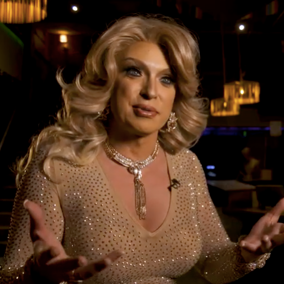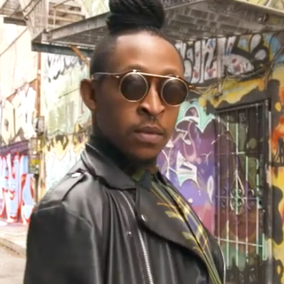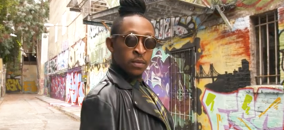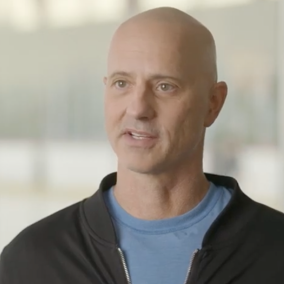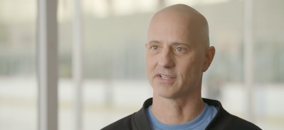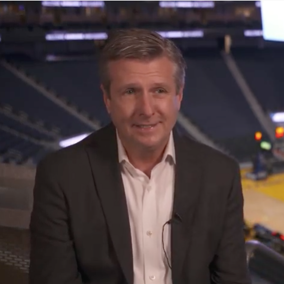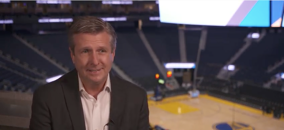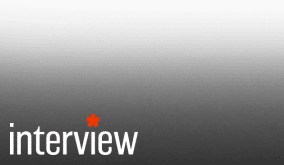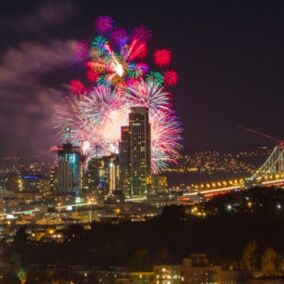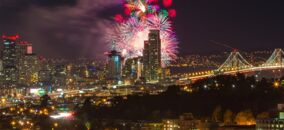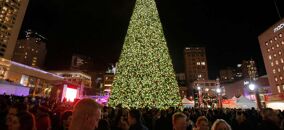Perhaps no art form more exemplifies San Francisco‘s Summer of Love than the music of the era. It led an explosion of culture and expression in the balmy summer months of 1967, and a counterculture revolution swept through the city by the bay. Tens of thousands of young folks swarmed to the Haight-Ashbury and Golden Gate Park, and they brought with them the sounds of change.
There was already a strong local music scene, having created the “San Francisco Sound,” and it was bolstered in the decades that followed by a never-ending flood of creative musicians who came to the city for creative freedom and took the world by storm and played a role in making queer music as we know it today.
Here are some of the highlights from back then and the intervening years…
1. Jefferson Airplane
How about we take this to the next level?
Our newsletter is like a refreshing cocktail (or mocktail) of LGBTQ+ entertainment and pop culture, served up with a side of eye-candy.

Psychedelic rock pioneers, Jefferson Airplane practically invented the San Francisco Sound: energetic live performances with plenty of improvisation, strong bass and a ragged edge to the rock’n’roll. Vocalist Grace Slick is a longtime supporter of equality, and recently licensed a song to the noxious anti-gay fast food chain Chick-fil-A just for some sweet revenge: she donated the proceeds to Lambda Legal.
2. The Grateful Dead

Hailing from just down the road in Palo Alto, the Dead made SF their home and played their first recorded concert at the Fillmore Auditorium. As they developed their sound around the time of the Summer of Love, they also played San Francisco’s Hare Krishna temple, and in their early years dedicated significant time to contributing to the local Haight-Ashbury scene that drew budding gay flower kids from around the world. The band was close to Neal Cassady, a beat poet pioneer and queer sex worker. The band’s commitment to 420 helped create the city’s pot culture that flourishes in light of legalization and dozens of dispensaries popping up around the city.
3. Janis Joplin

The bisexual singer was one of the biggest rock stars of her time–but she left us far too soon at the age of 27. It was a bay area pop festival where she initially rose to fame, and she helped shape the San Francisco psychedelic rock scene with various bands. She hung out at iconic lesbian bar Wild Side West, where she displayed her free-spirited persona that created not just great music but a movement.
4. Cockettes

Throw a bunch of avant-garde hippie performance artists into drag, settle them into a Haight commune, give them an audience, and what do you get? The breathtakingly strange Cockettes, a gender-bending troupe of pranksters and performers. They mashed up so many aesthetics in their shows you had no way of knowing what you were watching, with a mish-mash of musical comedies and show tunes and cabaret. Though they lasted only briefly before breaking up, it was their laboratory that gave rise to the Sisters of Perpetual Indulgence.
5. Sylvester

Flamboyant, androgynous, Sylvester emerged from the Cockettes and went on to become a mega-star. He shot to fame as a solo singer with Hi-NRG and disco songs, and later became a powerful HIV/AIDS activist. Recognized as the “Queen of Disco,” he held the key to the city of San Francisco. He passed away from HIV-related causes in 1987.
5. Menergy

In the South of Market Area, the EndUp was the home in the early 80s for Hi-NRG music, and there was no better night to experience the sound than Menergy. The thumping sweaty party featured a disco sound but faster and more intense, and it fueled parties from the 70s into the difficult days of the 80s.
6. Steve Fabus

Steve arrived in San Francisco in the mid-70s, and lived in the city off and on for a while before making it his permanent home. He was there to see the formation of the Cockettes and hear radical experimentation with disco and pop, and he soon found himself DJing at small parties that got bigger and bigger over time. (His first gig: a bath house.) To this day, Steve remains a vital force in the local DJ scene, ensuring quality music at parties like Go Bang at The Stud.
7. Tracy Chapman

A long time San Francisco resident who is considered extremely private, she started out busking in public and then moved on to coffeehouses. Her rise to fame in the late ’80s got her noticed by Rolling Stone, and she’s maintained a place in the spotlight ever since. Her beautiful, elegiac “Fast Car” earned her international fandom, but Tracy has not strayed from her roots, does significant charitable work, including for AIDS/Lifecycle.
8. Third Eye Blind

It all started when two buds met at a show and started a band, playing at venues like the San Francisco Civic Auditorium. Third Eye Blind picked up the free-wheeling legacy of the ’60s and translated it into the grunge of the 90s, with startling stunts like they time they dropped live crickets onto record executives who’d come to check out their show. Their 1998 song “Jumper” was a howl of protest at the homophobia that killed one member’s gay cousin.
9. Pansy Division and Queercore

Starting in the mid-80s, queer musicians found their voice in a style that was an offshoot of punk but a clear point of evolution of the SF sound. Pansy Division was one of the greatest champions of this style, and toured with Green Day in 1994. They took bands like the Buzzcocks and Nirvana, and made the sound distinctly queer. They’ve remained active since then, though the concerts and albums slowed as they drifted apart. Angry and protesting, queercore bands were highlighted in San Francisco concerns like Dirtybird 96 and Homo-a-go-go. You can still enjoy mind-bending screams of protest at SF clubs like Kilowatt, and from local labels like Outpunk.
10. Ana Matronic

Co-lead vocalist for the incredible Scissor Sisters, starring queer heart throb Jake Shears, Ana got her start at Trannyshack at San Francisco’s Stud and has played at San Francisco Pride. Her infamous party Knockoff was a tribute to Heklina’s drag show, and she’s spent her entire life around queer people. In an interview, she speculated that this is because her father was gay, and she always sought a closeness with all things LGBTQ.
11. Gay Men’s Chorus

Okay, so the music is more conventional, and can be found in major metro areas everywhere. But San Francisco is home to the world’s first chorus for openly gay men–and also one of the largest male choruses in the world–and it begs inclusion in any list. Founded during the gay liberation days of the 1970s, its known for their intense commitment to the adventurous exploration of styles.
What better tribute to the Summer of Love could you ask for than a chorus formed to celebrate queer love?
Celebrate San Francisco’s Summer of Love and you could win a trip to the city…



